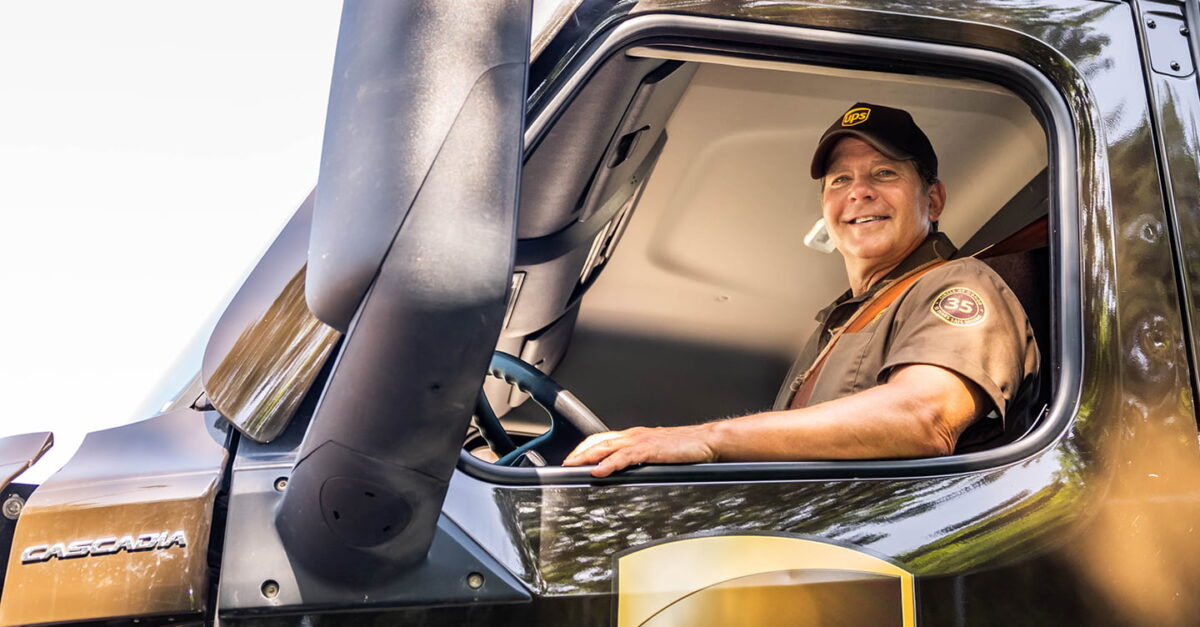UPS relies on VR training for more safety on the road

- The world's largest logistics service provider uses VR headsets to prepare its delivery staff for any traffic situation.
A UPS parcel delivery driver gets into his delivery truck and puts on VR headset. He suddenly finds himself in a virtual city center and has to deliver packages. He has to watch out for pedestrians, parked cars and oncoming traffic and recognize and avoid potential dangers in good time.
This is an important part of the training for UPS drivers in North America. The logistics provider began testing VR technology in 2017 to train its drivers.
VR training: An integral part of UPS for years
VR training has been an integral part of the training since 2020. To date, UPS has nearly doubled the number of driving and delivery simulators at its facilities in North America. About 40 of the simulators are available to students.
This virtual reality system provides a realistic driving experience to help trainees become aware of and practice road safety before driving a real delivery vehicle. The VR experience is complemented with hands-on driving and classroom training.
VR training as a complement to practice
In addition to the simulators, UPS has also developed a dedicated driving school called Integrad that pushes the use of VR in an industrial training environment. It has twelve fixed facilities (ten in the U.S. and two in Europe) and two mobile units.
Integrad uses a combination of 3D simulations, webcasts, and traditional instruction to teach drivers safety, customer service, and efficiency. The driving school also features a model city with real streets, traffic signs, sidewalks, and simulated delivery and pickup locations.
This allows drivers to practice realistic scenarios they will encounter in their daily work. While advanced safety training is critically important, it isn't cheap. Costs totaled $343 million in 2022.
Integrad training is based on the UPS Code for Safe Driving. It has been continuously developed since its introduction in 1975. The code includes five basic principles: Target vision, communicating intentions, keeping your distance, looking for hazards and adapting to conditions.
Safety first
By using VR, UPS is able to efficiently train its drivers in road safety by helping them better assess their abilities. The VR training is also designed to appeal to a younger generation, among whom interest in video games is particularly high.
"Safe driving is no accident. Our drivers have a passion for safety that is built on a foundation of best-in-class training programs," said Nando Cesarone, executive vice president and president U.S. of UPS. "The most important stop for our drivers is when they return home safely after work."
Using VR, UPS saw a 75% reduction in training time for drivers, down from 8 to 2 hours, while maintaining the same learner retention, according to an interview with ArborXR.
Note: Links to online stores in articles can be so-called affiliate links. If you buy through this link, MIXED receives a commission from the provider. For you the price does not change.